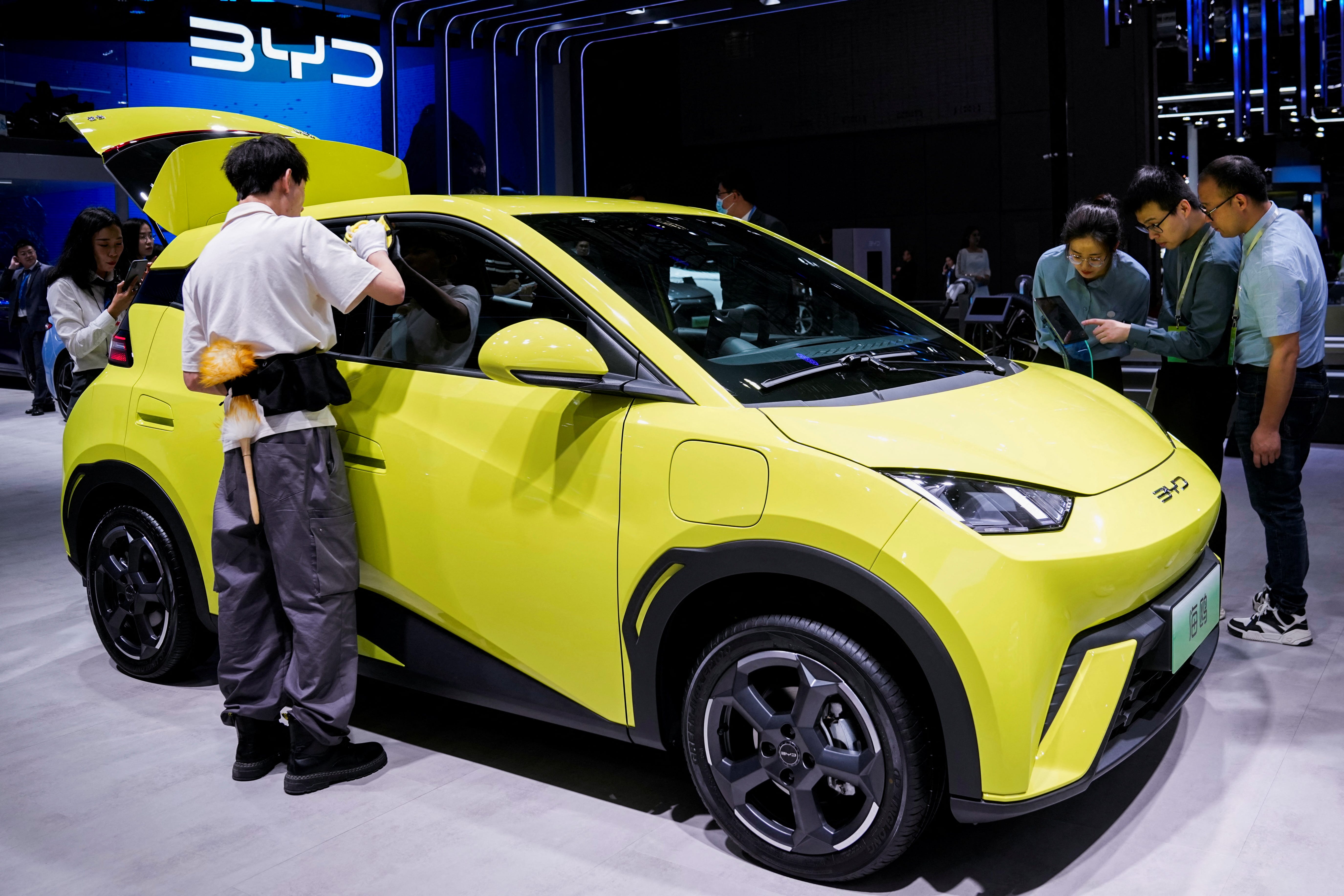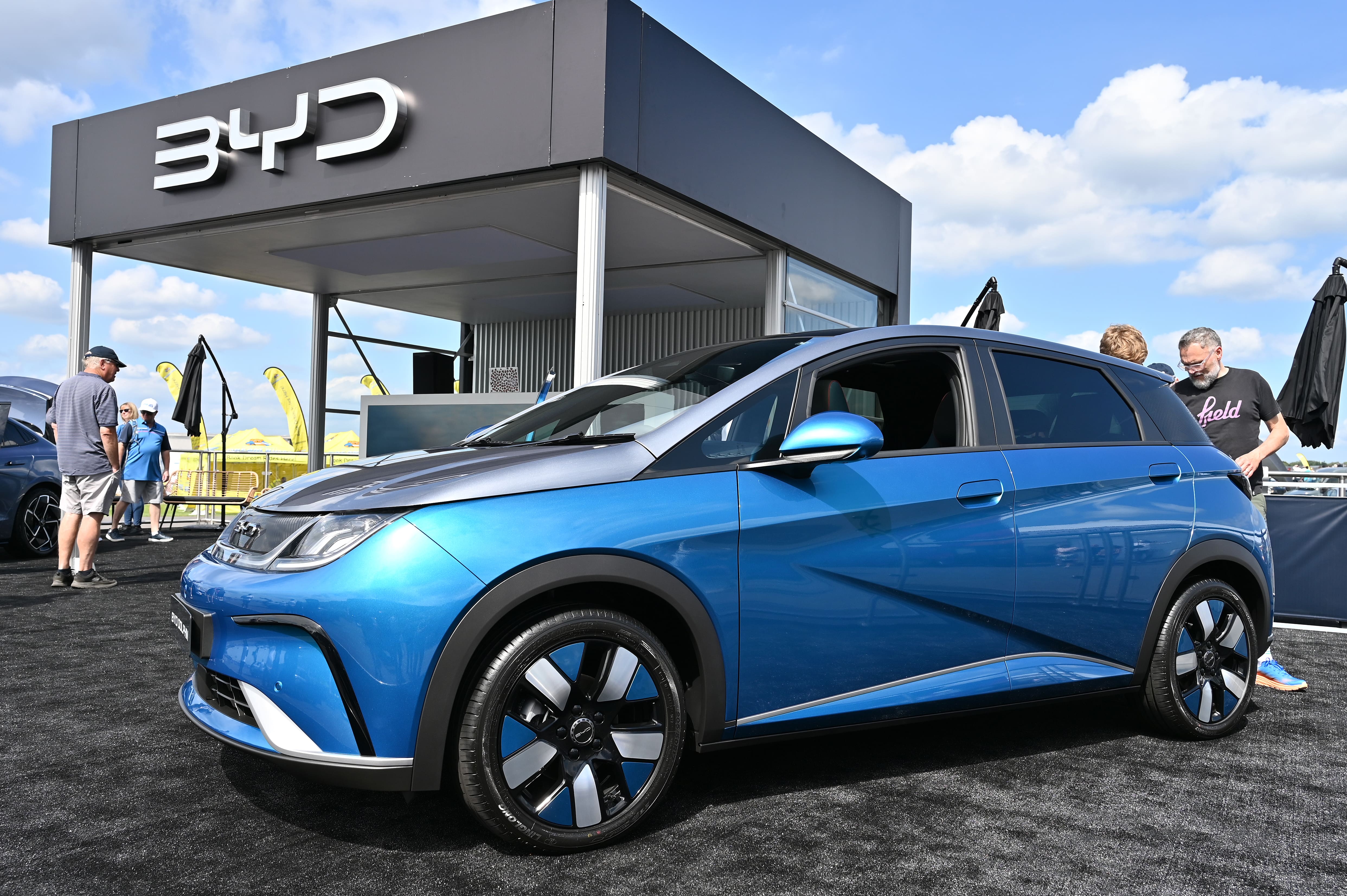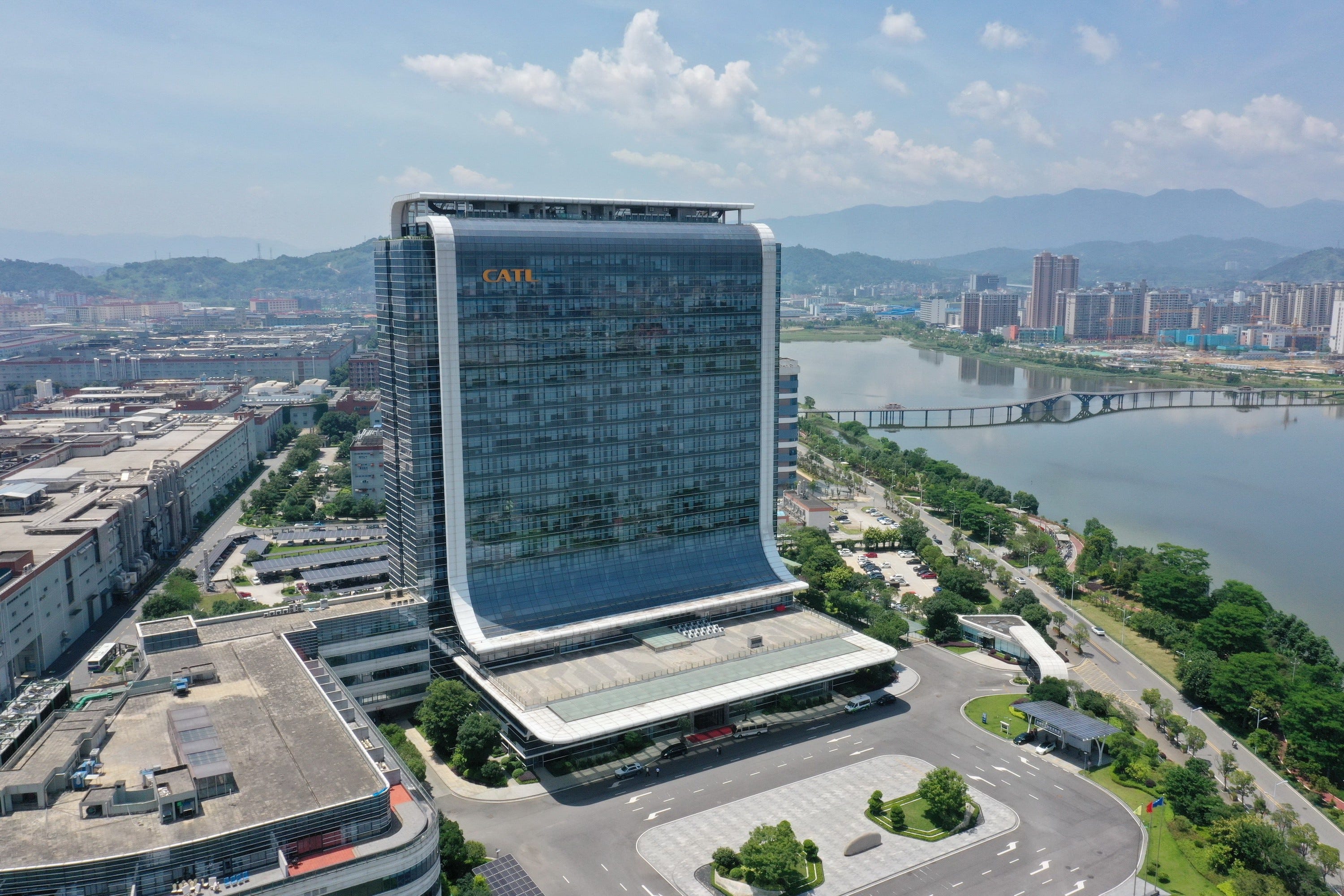
- China is the world’s biggest market for electric vehicles.
- BYD is expected to overtake Tesla as the world’s biggest EV maker when fourth-quarter data is released.
- China’s control of battery supply chains and its focus on charging networks has boosted EV sales.
China’s economy may be spluttering, with growth faltering and big property developers collapsing, but one industry has continued to rev harder.
China is the world’s electric vehicle leader, with 64% of total production and 59% of global EV sales in 2022, according to the World Economic Forum.
One of its biggest EV producers, Warren Buffett-backed BYD, looks set to topple Tesla’s position as the world’s top seller of electric cars.
BYD sold just 3,000 fewer EVs than Elon Musk’s company in the three months to September 30. Analysts say it’s highly likely to overtake Tesla when fourth-quarter data are released sometime in early January.
Cheaper EVs
Tesla sells just four cars – the Model S and Model 3 sedans and the Model X and Y SUVs. They all have premium price tags of between $40,000 and $100,000.
In contrast, BYD has focused on affordability, which has helped it win a wider range of customers and foster a new generation of EV drivers.
The Seagull, which BYD launched to much fanfare at the Shanghai auto show this year, costs 73,000 yuan (about $10,000) and is the fourth best-selling EV in China, per Autovista24.
BYD’s Song, Qin Plus, Dolphin, Yuan Plus, and Han models also feature in the top 10 top-selling EVs in the country. The only Tesla in that list is the Model Y, per the outlet.

“What BYD have done is try to serve a broader market base with more affordable vehicles, in addition to some entry-level luxury vehicles,” Seth Goldstein, a Morningstar equity strategist, told Business Insider.
“They take the approach of offering vehicles to where there are the largest number of customers as a strategy to grow volumes. We see through the results, that’s worked pretty well.”
Goldstein said demand for Teslas remained strong, but argued Musk’s company would have to “offer an affordable vehicle to compete with BYD” if it wanted to keep its crown as the global EV sales leader. Tesla sold 1.3 million cars worldwide last year, and Musk says he wants that number to hit 20 million by 2030.
Battery and charging infrastructure
Chinese companies have also benefited from China’s control of EV battery supply chains and the government’s drives to build charging networks.
Batteries account for around 30% to 50% of the cost of an EV. China has developed a significant advantage in the field partly thanks to its control of the supply chains needed to make the batteries, Ilaria Mazzocco, a senior fellow at the Center for Strategic and International Studies in Washington, DC, previously told Business Insider.
Chinese companies now “dominate labor and manufacturing infrastructure, as well as mining of critical materials required to make EVs,” Morgan Stanley wrote in a July research report.
According to the report, “up to 90% of the EV battery supply chain relies on China,” while China’s two largest battery makers, CATL and BYD, control more than half of the market.

Competitors such as the US have been hamstrung by China’s early moves in the sector, and they are now “more concerned about globalization-integrated supply chains” that were not an issue for the Chinese government, Mazzocco said.
China’s government has also paid attention to a crucial piece of the EV jigsaw, according to Morningstar’s Goldstein.
“China has the largest charging infrastructure network in the world in any highway system. Essentially every 50km along major highways there’s going to be a high-powered charger – and this goes a long way in overcoming roadtrip anxiety,” he told Business Insider.
Norway also has a similarly comprehensive network and Goldstein says such infrastructure encourages drivers to buy EVs — even without government subsidies. The Norwegian numbers speak for themselves: EVs account for 87% of new car sales, with plug-in hybrids at 6%, per InsideEV.

Beijing axed a EV subsidy scheme that’d been running for 11 years in 2022, but sales have still held up. China logged record EV sales in October and is expected to close out the year with another two strong months, according to Rho Motion data reported by Reuters.
“2023 is set to be another banner year for China in terms of EV sales,” the data company said.
Seeing BYD overtake Tesla in the EV race may not bring any festive cheer for Elon Musk this holiday season. But perhaps he should be grateful the Chinese company only sells electric buses in America but not its cars – not yet anyway.
Stella Li, BYD’s North American chief, told Bloomberg the company “doesn’t need to go into every market – just ones it feels are ready for its offerings.”
- SEO Powered Content & PR Distribution. Get Amplified Today.
- PlatoData.Network Vertical Generative Ai. Empower Yourself. Access Here.
- PlatoAiStream. Web3 Intelligence. Knowledge Amplified. Access Here.
- PlatoESG. Carbon, CleanTech, Energy, Environment, Solar, Waste Management. Access Here.
- PlatoHealth. Biotech and Clinical Trials Intelligence. Access Here.
- Source: https://www.autoblog.com/2023/12/28/chinese-electric-automaker-byd-is-about-to-outsell-tesla-this-year-here-s-how-it-s-winning-the-race-against-elon-musk/



